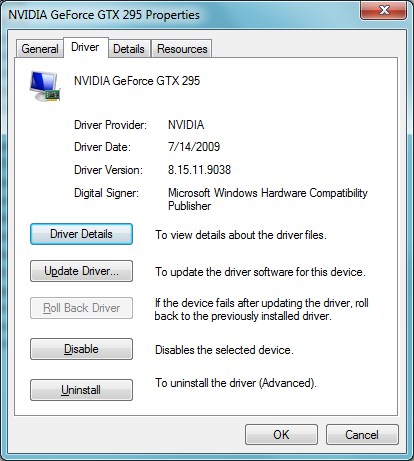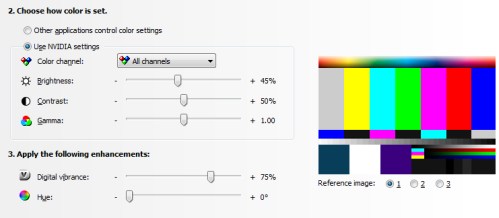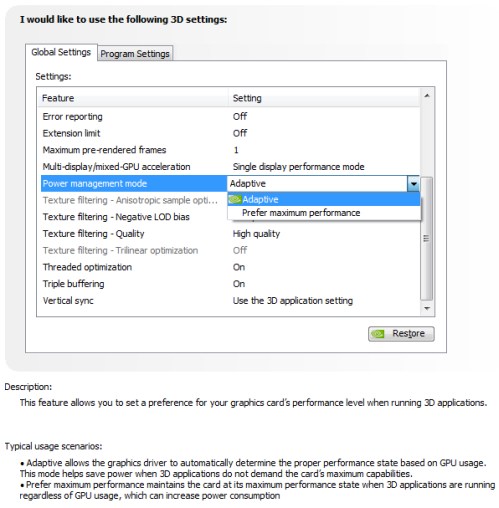Recently, Nvidia launched the greatly anticipated Geforce 190 driver family, starting things off with build 190.38 WHQL specifically. The drivers are dated July 14th, 2009 and feature a minor performance boost according to the consensus of several enthusiasts on hardware forums.
When we installed these drivers for the first time, we were quickly impressed to see something that we have never witnessed on an Nvidia driver installation. As the story goes with the removal of previous drivers, usually the desktop space will become cluttered with icons as the resolution lowers to an abysmal pixel size. Normally, a new driver build will not correct icon locations as the resolution comes back to its proper setting. However, Geforce 190.38 WHQL showed itself to be very considerate and put all of our icons back where they were originally.

The unique feature list of 190.38 WHQL includes support for OpenGL 3.1 as well as CUDA 2.3 for improved performance in GPU computing applications. There are also a few Control Panel features and several bug fixes, particularly for Windows 7 and Windows Vista, which can be found here and here.

The Digital Vibrance setting has also changed in regards to the percentage required to increase color intensity. We found that putting the setting at our usual 25 percent rendered a seeming lack of vibrance, and it had to be corrected to a more fitting 75 percent to achieve the level it was at in previous Geforce drivers. Nvidia has also added a Hue adjustment for additional calibration.

Last month, Geforce 185 officially introduced the Ambient Occlusion setting to the 3D Settings tab, allowing for moderately improved shadow presence in particular render environments. This time, the Geforce 190 family adds a new user-controlled power management setting for select GeForce 9-series and later graphics cards called called Power Management Mode. This is Nvidia’s attempt to lower power in 2D and desktop environments where full GPU performance isn’t required. However, the cards must already support more than one power state. This option allows users to set a performance level for each DirectX or OpenGL application. A little digging shows that the feature doesn’t really do much more than lower clock speeds. We had our EVGA GTX 295 Quad-SLI configuration set at 660MHz/1440MHz/1055MHz respectively, and the Adaptive Power option simply adjusted these to 400MHz/800MHz/300MHz respectively.
All in all, Geforce 190.38 WHQL performs as a solid set of drivers should, although there are occasional hiccups as with any. The Nvidia driver team has done itself well this time, however.
Geforce
190.38 WHQL – Windows 7 64-bit
Geforce
190.38 WHQL – Windows 7 32-bit
Geforce
190.38 WHQL – Windows Vista 64-bit
Geforce
190.38 WHQL – Windows Vista 32-bit
Geforce
190.38 WHQL – Windows XP 64-bit
Geforce
190.38 WHQL – Windows XP 32-bit

